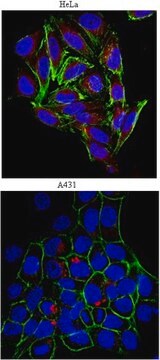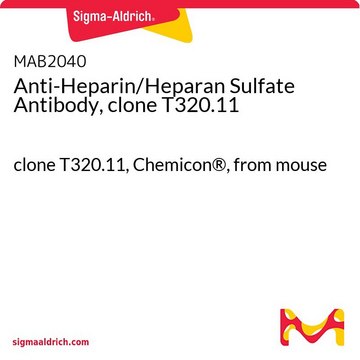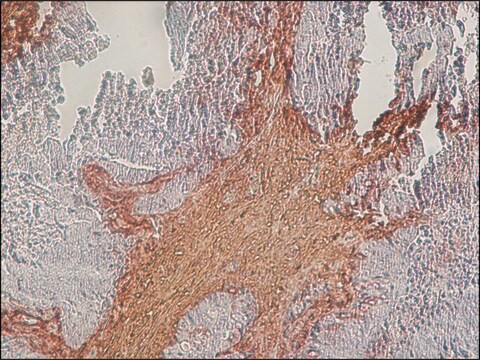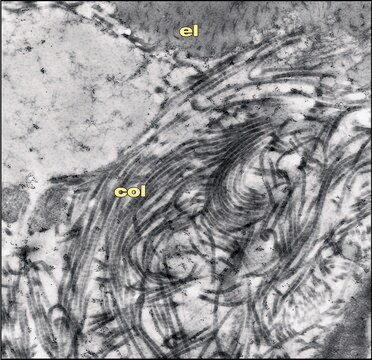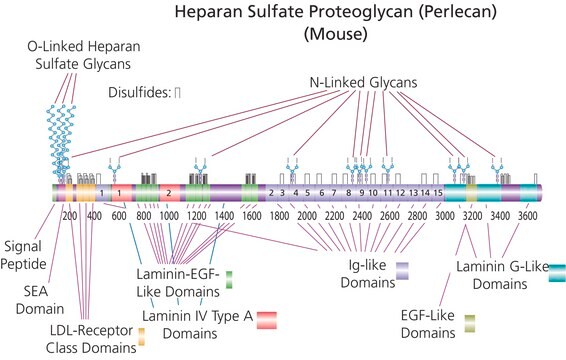General description
We are committed to bringing you greener alternative products, which adhere to one or more of The 12 Principles of Green Chemistry.This antibody is Preservative-free, produced without the harm or sacrifice of animals and exceptionally stable to allow for ambient shipping and storage if needed and thus aligns with "Waste Prevention", "Designing Safer Chemicals" and "Design for Energy Efficiency".
Click here for more information.
ZooMAb® antibodies represent an entirely new generation of recombinant monoclonal antibodies.Each ZooMAb® antibody is manufactured using our proprietary recombinant expression system, purified to homogeneity, and precisely dispensed to produce robust and highly reproducible lot-to-lot consistency. Only top-performing clones are released for use by researchers. Each antibody is validated for high specificity and affinity across multiple applications, including its most commonly used application. ZooMAb® antibodies are reliably available and ready to ship when you need them.
Specificity
Clone T320.11 is a is a ZooMAb® Mouse recombinant monoclonal antibody that detects heparin and heparan sulfate.
Application
Quality Control Testing
Evaluated by Western Blotting in C6 cell lysate.
Western Blotting Analysis: A 1:1,000 dilution of this antibody detected Heparin/Heparan Sulfate in C6 cell lysate.
Tested applications
Western Blotting Analysis: A 1:1,000 dilution from a representative lot detected Heparin/Heparan Sulfate in U87 and U251 cell lysates.
Immunohistochemistry Applications: A 1:100 dilution from a representative lot detected Heparin/Heparan Sulfate in human colon tissue sections.
Immunofluorescence Analysis: A 1:100 dilution from a representative lot detected Heparin/Heparan Sulfate in frozen human colon tissue sections.
Note: Actual optimal working dilutions must be determined by end user as specimens, and experimental conditions may vary with the end user
Evaluated by Western Blotting in C6 cell lysate.
Western Blotting Analysis: A 1:1,000 dilution of this antibody detected Heparin Sulfate in C6 cell lysate.
Target description
Heparan sulfate (HS) polysaccharides are a family of linear sulfated, heterogeneous polysaccharides found on the cell membrane and in the extracellular matrix as part of heparan sulfate proteoglycans (HSPGs). HSPGs contain a core protein to which heparan sulfate glycosaminoglycan chains are covalently attached. HS contain repeating 1 → 4 linked disaccharide units, in which one monosaccharide is -D-glucosamine residue and the other is a uronic acid. Heparin, a structurally similar polysaccharide, is found within mast cells as a component of serglycin proteoglycans. It is a more sulfated and tissue specific variant of HS. In HS, the d-glucosamine residues are reported to be predominantly N-acetylated, whereas in heparin, they are N-sulfated. Also, in HS the uronates are mainly β-D-glucuronate and in heparin they are predominantly -l-iduronate. Biosynthesis of both HS and heparin begins in the endoplasmic reticulum and proceeds through the Golgi where they are acted upon by several polymerases and modifying enzymes. HS and heparin are known to regulate biological processes through interactions with a large number of proteins. Their poly- and oligosaccharide chains can interact with a very large number of proteins known as heparin binding proteins (HBPs). Changes in HS structure confer the particular protein binding capabilities, which are required for specific biological functions. HS and heparin serve as negatively charged targets for protein binding and attract the positively charged binding sites on proteins via lysine and arginine residues. They can also bind histidine residues under conditions of low pH. Some of these proteins are associated with the extracellular matrix and may be involved in intercellular signaling. This ZooMAbZooMAb® recombinant monoclonal antibody, generated by our propriety technology, offers significantly enhanced specificity, affinity, reproducibility, and stability over conventional monoclonals. (Ref.: Meneghetti, MCZ., et al. (2015). J. R. Soc. Interface. 12(110); 0589; Snigireva, AV., et al. (2015). Cell Adh. Migr. 9(6); 460-468).
Physical form
Purified recombinant mouse monoclonal antibody IgG, lyophilized in PBS, 5% Trehalose, normal appearance a coarse or translucent resin. The PBS/trehalose components in the ZooMAb formulation can have the appearance of a semi-solid (bead like gel) after lyophilization. This is a normal phenomenon. Please follow the recommended reconstitution procedure in the data sheet to dissolve the semi-solid, bead-like, gel-appearing material. The resulting antibody solution is completely stable and functional as proven by full functional testing. Contains no biocide or preservatives, such as azide, or any animal by-products. Larger pack sizes provided as multiples of 25 μL.
Reconstitution
300 μg/mL after reconstitution at 25 μL per vial. Please refer to guidance on suggested starting dilutions and/or titers per application and sample type.
Storage and Stability
Recommend storage of lyophilized product at 2-8°C; Before reconstitution, micro-centrifuge vials briefly to spin down material to bottom of the vial; Reconstitute each vial by adding 25 μL of filtered lab grade water or PBS; Reconstituted antibodies can be stored at 2-8°C, or -20°C for long term storage. Avoid repeated freeze-thaws.
Legal Information
ZooMAb is a registered trademark of Merck KGaA, Darmstadt, Germany
Disclaimer
Unless otherwise stated in our catalog or other company documentation accompanying the product(s), our products are intended for research use only and are not to be used for any other purpose, which includes but is not limited to, unauthorized commercial uses, in vitro diagnostic uses, ex vivo or in vivo therapeutic uses or any type of consumption or application to humans or animals.

